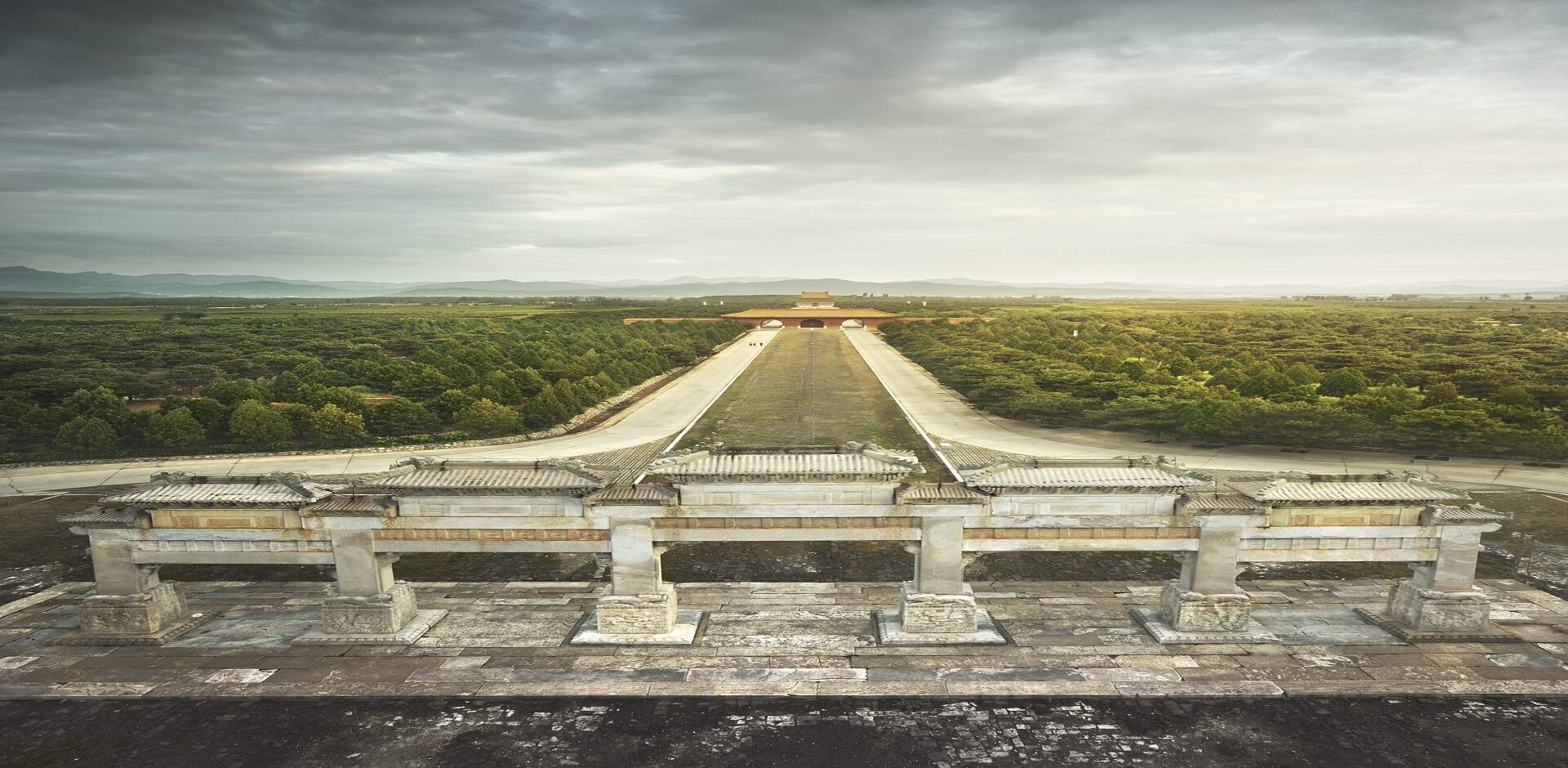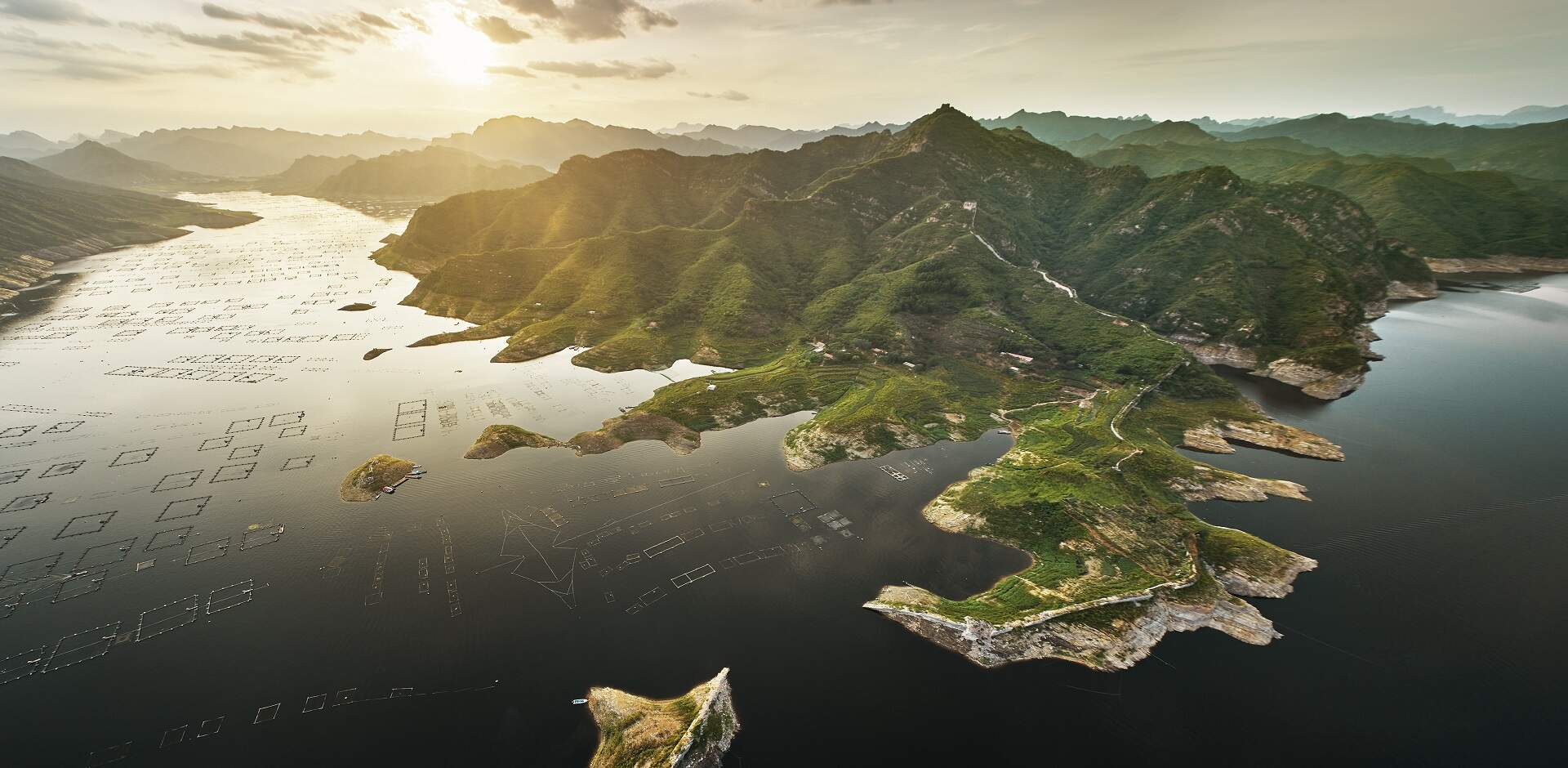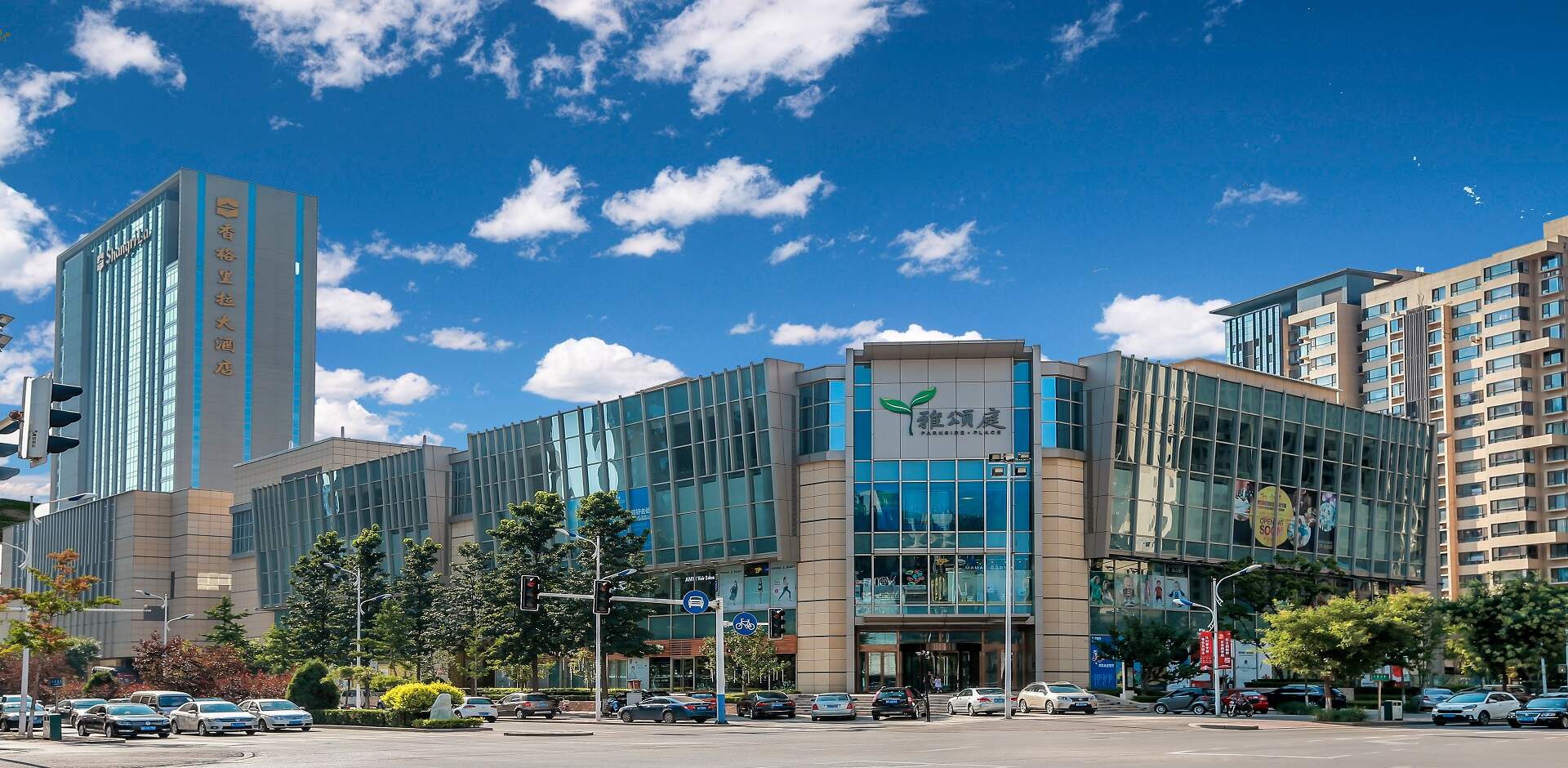
Eastern Tombs of the Qing Dynasty
Constructed in the 17th century, this vast mausoleum complex contains the well-preserved tombs of fifteen Qing dynasty emperors, empresses, imperial concubines, and princesses.
The UNESCO World Heritage site is a significant attraction in the greater Tangshan area and large existing monument in China. Expect to spend an entire day discovering the majestic surrounds.


Tangshan Ancient Great Walls
The sections of the Great Wall that run through Tangshan area cover about 220 kilometres. With 29 famous passes, the winding walls testify to Ming Dynasty mastery. The main attractions include the Great Wall of Jiufeng Mountain in Zunhua City; the Underwater Great Wall in Panjiakou, Qianxi County; and the Marble Great Wall in Qian’an City.Other highlights include the Qingshanguan Mountain Pass, Xifengkou Pass, Lengkouguan Pass and Jail Tower, as well as the 72-quan Tower with its many arches, the Water Gate, Brick Kiln and Stables.

